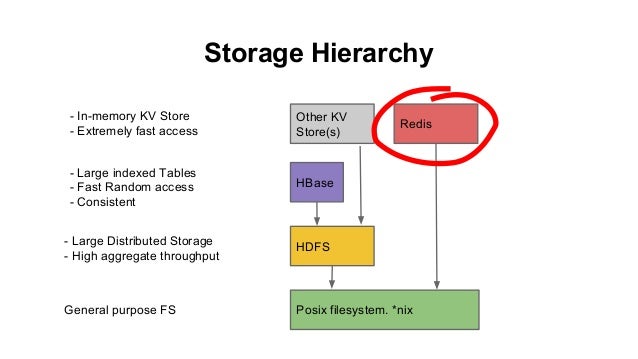

Recent escalations in Internet development and volume of data have created a growing demand for large-capacity storage solutions. This research serves as a knowledge source for inexperienced cloud providers, giving them the capability of swiftly setting up their own cloud storage services. The method by which different technologies can be combined to provide a single excellent performance, highly scalable and reliable cloud storage system is also detailed. This is achieved through the demonstration of design rationales and the implementation details of a real cloud storage system (CACSS). The aim of this research is to present an in-depth understanding and analysis of the key features of generic cloud storage services, and of how such services should be constructed and provided. However, the question persists as to how to provide an effective cloud storage service with regards to system architecture, resource management mechanisms, data reliability and durability, as well as to provide proper pricing models. These issues demand that it be possible for anyone to setup or to build their own storage solutions that are independent of commercially available services. Although giant providers such as Amazon and Google have made a great success of their services, many enterprises and scientists are still unable to make the transition into the cloud environment due to often insurmountable issues of privacy, data protection and vendor lock-in. Cloud storage services enable the storage of data in an inexpensive, secure, fast, reliable and highly scalable manner over the internet. The advent of the cloud era has yielded new ways of storing, accessing and managing data. The primary objective of this empirical analysis is to present a broad-spectrum perspective of this emerging research area with the goal to present big data related concepts in a coherent manner to the beginners. Finally, open issues and future directions for this new and dynamic area of research are provided. In addition, we investigated and reported a detailed empirical analysis of the most recent management tools like Hadoop and MapReduce, along with their different components,usage, and limitation. A detailed analysis is presented regarding opportunities and challenges faced by the public and private sectors during analysis phase of big data management such as storing, visualizing, capturing and so on. The scope of applications for big data including political services and government monitoring, enterprisemanagement, scientific research, public utilities, public administration and internet of things are illustrated. Initially, we acquaint the readers with the general background, history, and characteristics of big data including volume, velocity, value and variety etc. Here in this study, we provide an empirical analysis of recent advances, characteristic and challenges of big data.


 0 kommentar(er)
0 kommentar(er)
